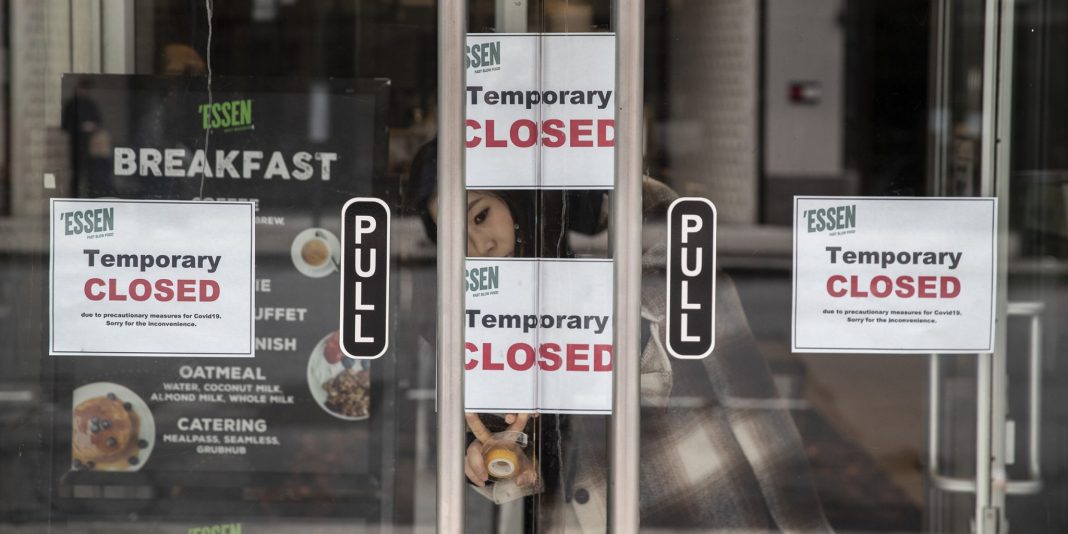“Edibles & Potables” debuted on Sunday, January 5, 2020.
And now for something completely different, at least for Food & Dining Magazine. In the past we’ve tended to take Sundays off from web site posting, but in 2020 our writers will be casting about for items of interest pertaining to food and drink that range beyond our daily focus on the Louisville metropolitan area. Think of these thoughts and links as appetizers prior to the main course.
There have been periodic points of convergence amid these Sunday ramblings, and prime among them at this precise juncture is the Great American Labor Shortage. Making sense of it seems remarkably simple: unemployment benefits are to blame. It’s an easy answer that ignores unenviable and more complicated truths predating COVID’s arrival.
Noted 19th-century sous chef A. Lincoln once observed that “a house divided against itself cannot stand,” and with light now visible at the end of the pandemic’s tunnel, Americans remain ensconced in their respective silos, with the country’s food, drink and hospitality industry a current target for passionate but often under-informed analysis, not to mention aggression and frustration.
This essay at Plate is an excellent presentation of the many factors combining to produce a labor shortage in America, as it pertains specifically to food and dining. To read it will require registration, although I feel the rewards are worth this relatively mild step. As always, my personal recommendation is to allow the accumulated facts to suggest a real-world conclusion, rather than skimming over them to serve one’s pre-conceived notions.
Unemployment benefits might be one factor (of many) prefacing the labor shortage, but they’re a minor factor; as with the coronavirus’s ability to exploit pre-existing health conditions in the individual, the ensuing pandemic has laid bare numerous problems in the hospitality industry, while at the same time providing employment and career alternatives for the industry’s labor force.
Restaurant Workers Explain Why They Are Reluctant to Return to Work
By Caroline Hatchett (Plate)
…The restaurant labor shortage began long before the pandemic. Two years ago, there were 1 million job openings in food and beverage, according to the National Restaurant Association. The number of teens in the workforce, a traditional pipeline for restaurant jobs, was set to decline by 600,000 between 2016 and 2026. Yet wages remained stagnant, even as big box retailers like Target and Walmart increased their minimum wage to $15 an hour.
Last year, Amazon added 400,000 jobs and actively recruited laid-off restaurant workers. Then this spring, America’s restaurants called back their teams all at once, creating fierce competition among employers and a labor market that’s a veritable buffet for workers, who are being choosy about their opportunities and when to return.























